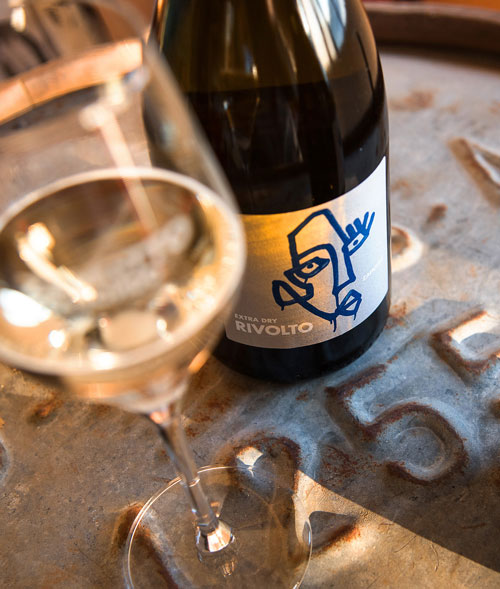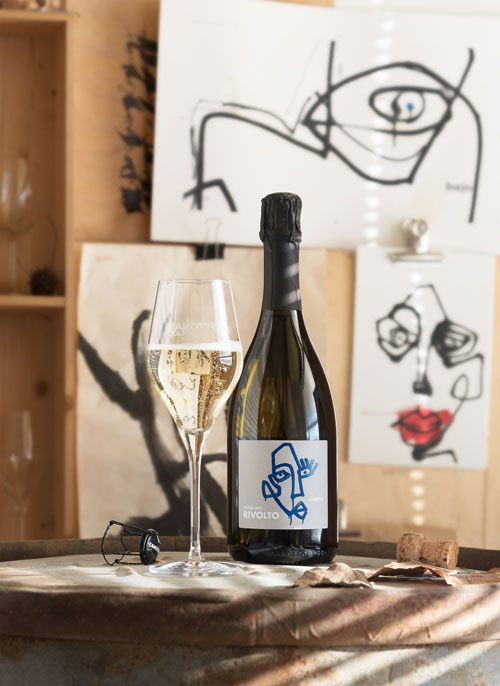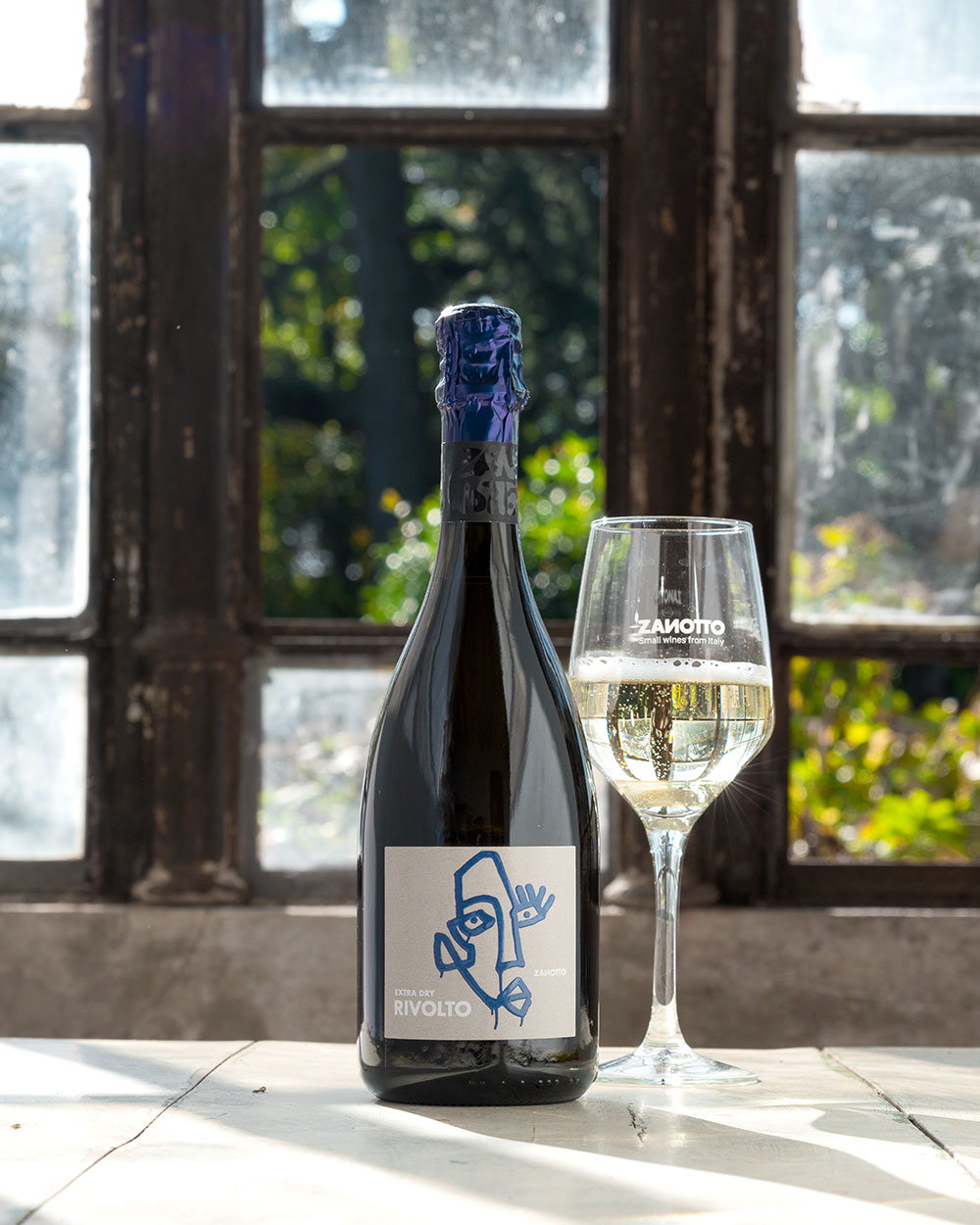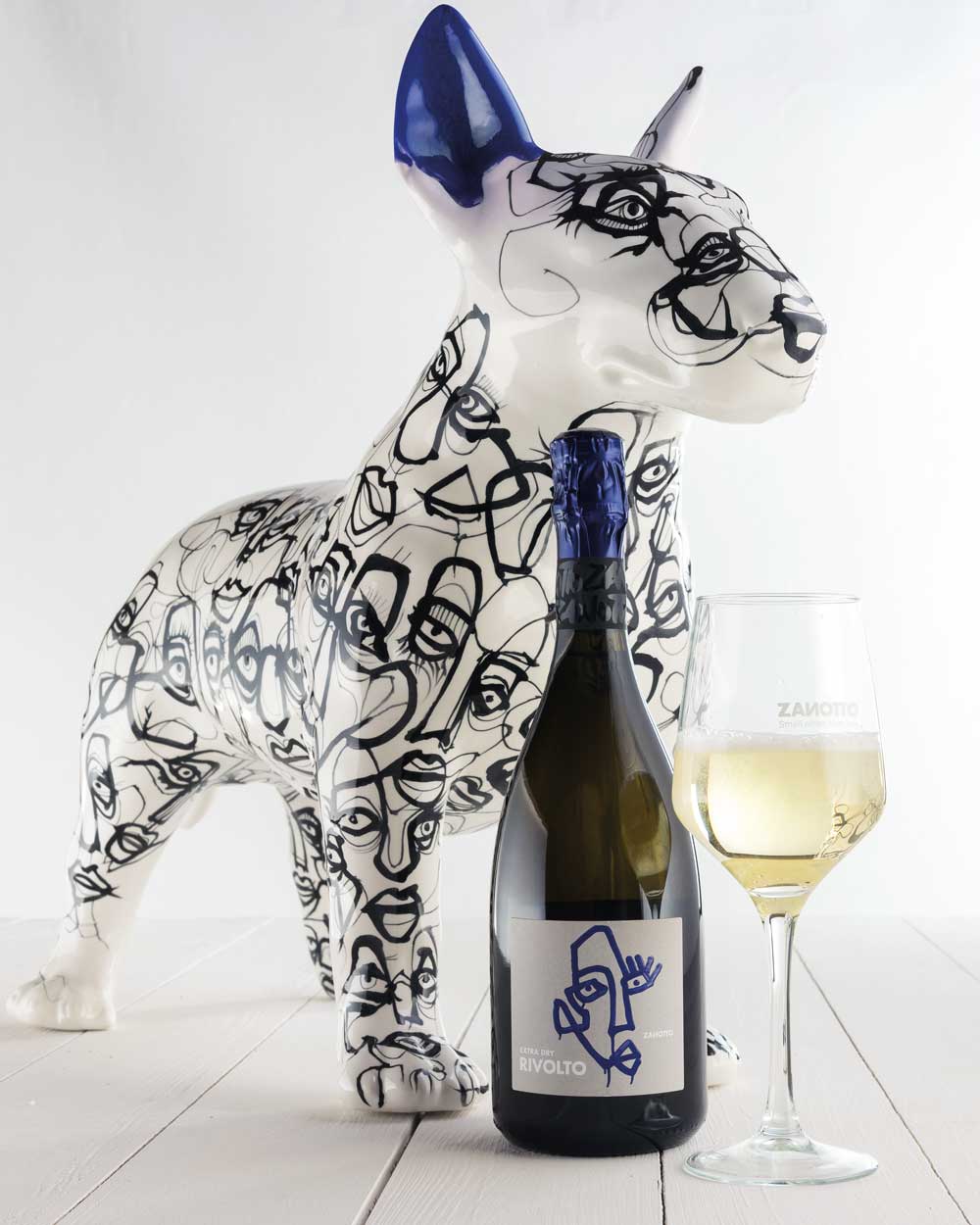Non sono presenti prodotti nel carrello.
Rivolto
Spumante Extra Dry
Spumante Extra Dry produced from a blend of grapes with a particular predilection for the Charmat method. Immediate separation of the must from skins with soft pressing, cold static decanting, fermentation in stainless steel tanks at controlled temperatures. The second fermentation by Martinotti long method, 3 months, followed by bottling.
Perlage is persistent and creamy. An intense bouquet, shows citrus and apple, that comes through delicate on the palate with a soft finish thanks to the 13 g/l of residual sugar. A spumante that follows along the path of local winemaking traditions.
Serving temperature: 7 – 8 °C
Sparkling and Semi-Sparkling Wines: The Martinotti / Charmat Method
To learn more
Extra Dry, Brut…: Let’s Decode the Labels
Raise your hand if, when faced with a bottle of sparkling wine, you’ve never asked yourself: “But Extra Dry, Brut, Extra Brut… what on earth do they mean?”. Let’s be honest: these terms, elegantly printed on labels, sound vaguely familiar, a bit French, a bit cryptic, and we often just settle for a “well, it’ll probably be good” without delving any further. Yet, the key to decoding them is simple: residual sugar, or how much sugar remains in the wine, measured in grams per liter. This is what determines whether your toast will be as dry as a desert or as soft as a freshly made dessert.
The problem is, intuition doesn’t always help. Take Extra Dry, for example: the name suggests something super dry, right? “Extra” sounds extreme, almost austere. And yet, surprise: with its 12-17 g/l of sugar, it’s softer than a Brut (6-12 g/l) and even an Extra Brut (less than 6 g/l). In short, in the scale of non-dessert sparkling wines, Extra Dry ranks among the “sweetest”, while remaining far from the sugary territories of a Dry or a Demi Sec. A contradiction that confuses even the most seasoned drinkers.
Let’s think about the “Rivolto” Sparkling Wine, an Extra Dry with 13 g/l of residual sugar. It’s not the type of bubbly that dries your throat, but rather a welcoming middle ground: fresh, yes, but with a round note that makes it perfect for an aperitivo with friends or a light fish dish. It’s the classic sparkling wine that pleases everyone, one that doesn’t scare palates with too much acidity, but doesn’t slip into the sweetness of a dessert either.
So, what do these categories really tell us?
Extra Brut (less than 6 g/l): dry and pure, for those who love bubbles without compromise, perhaps with oysters.
Brut (6-12 g/l): balanced, the “safe bet” with an appetizer.
Extra Dry (12-17 g/l): misunderstood, soft and friendly, for risotto or sunset chats.
Dry (17-32 g/l): sweet enough, with fruit or light cake.
Demi Sec (32-50 g/l): the king of desserts, for those who want to indulge in sweetness.
The truth is that these terms, a legacy of the French tradition, are a bit like fashion: we use them, we show them off, but we don’t always understand them fully. Extra Dry, with its misleading name, is a symbol of this little cultural chaos. The next time you order it, you’ll know you’re not choosing the driest in the bunch and you might just surprise your friends with this little tidbit. Cheers!

To learn more
Zanotto Art Collection: A Union of Art and Wine
The Zanotto Art Collection celebrates the meeting of art and wine with two unique sparkling wines: Rivolto, an Extra Dry with 13 g/l residual sugar, and Silver, a Brut with 10 g/l. Both are born from a blend expertly created by our winemaker, a true “artist of taste,” with a prevalence of Glera grapes and white grape varieties selected for their suitability for sparkling wine production. What makes them special is also the label, a design of a face signed by Bajo, which gives the bottle a touch of original exclusivity.
Bajo, born in 1965, lives and paints in Romano d’Ezzelino, in the province of Vicenza. With a background in advertising graphics, photography, and the Academy of Fine Arts in Venice, the artist explores color with freedom, creating enigmatic and distorted portraits, suspended in an imaginary space. His painting, an explosion of signs and vibrations, blends echoes of Nordic Expressionism and pop influences, ranging from instinctive graffiti to a profound investigation of the soul.
The “Rivolto” label marked the beginning of the collaboration with Bajo, later extended to the Silver sparkling wine, with the silver color variation on a black background, and other Zanotto products and merchandise. Thus, every sip becomes a union of the pleasure of the palate and visual beauty, celebrating the excellence of sparkling wine and the talent of Bajo.




